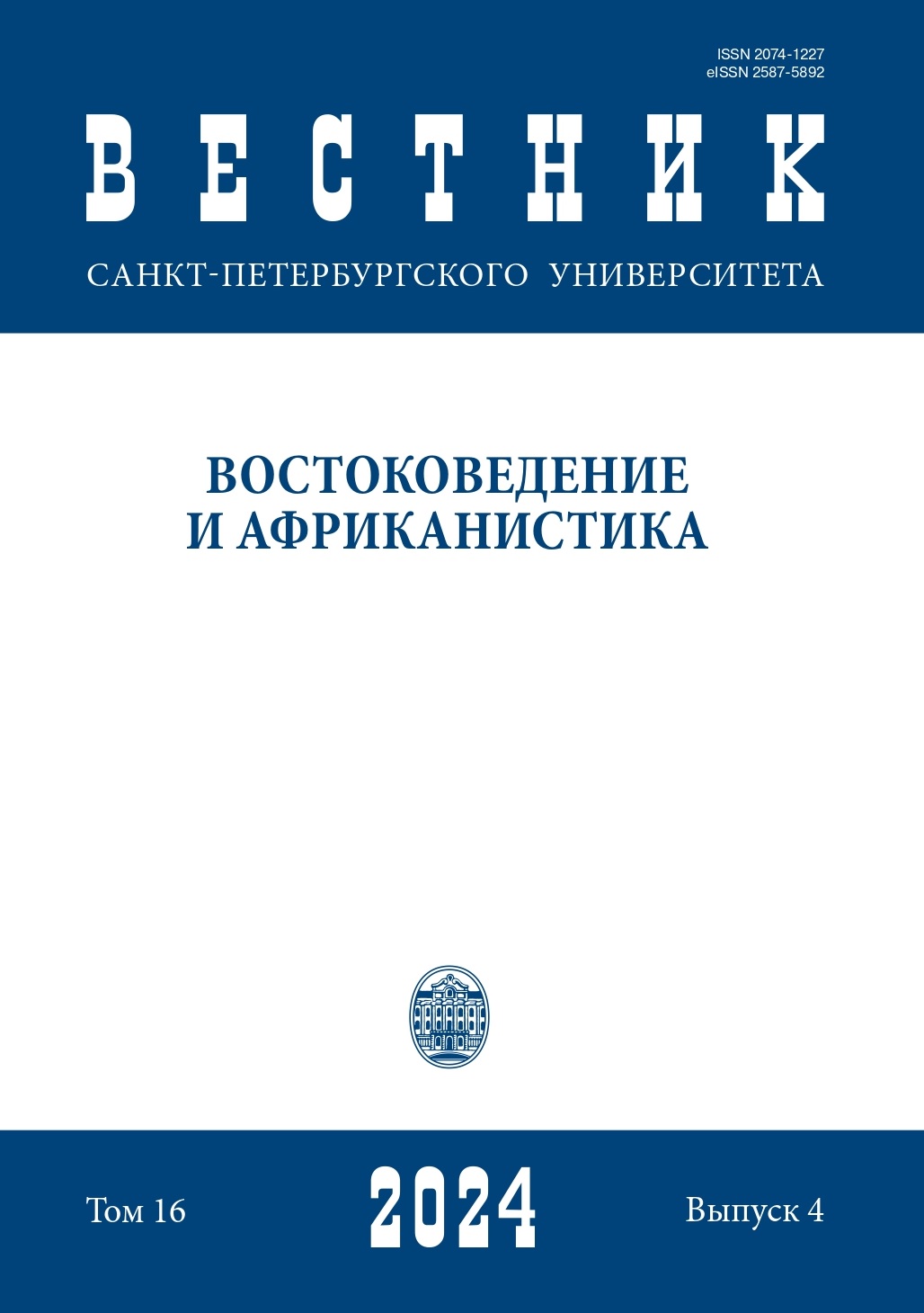The Evolution of India’s Nuclear Program: From Peaceful Atom to Nuclear Weapons
DOI:
https://doi.org/10.21638/spbu13.2024.411Abstract
Taking into account the fact that the use of nuclear energy for peaceful purposes is today a key way to optimize and solve energy security issues, as well as a factor which contributes to an improvement of the state’s environmental situation, India emphasizes the importance of using nuclear energy not only as a strategic tool to ensure nuclear deterrence, but also as a source of clean and powerful energy that simplifies an achievement of key goals of decarbonizing its energy sector and improving the situation with electrification in the country. However, to achieve the opportunity of direct cooperation with key actors in the global atomic energy market and effectively develop its nuclear industry, India had to go through a series of diplomatic, legal, and geopolitical challenges and prove that it is a responsible nuclear power that recognizes international norms related to the nuclear nonproliferation regime. Thus, having begun to rapidly develop nuclear energy for peaceful purposes in the 1940s, India gradually started to perceive the peaceful atom as a guarantor of modernization, prestige, and national security. However, due to military conflicts with its main regional adversaries — China and Pakistan, as well as the increase in China’s nuclear ambitions, especially after it successfully detonated an atomic bomb in 1964, India, in pursuit of military security, had to conduct a nuclear test (codenamed “Smiling Buddha”) which not only predetermined the future of Indian civil nuclear power, but also had a significant impact on the formation of the country’s foreign policy and foreign economic course. The aim of the research is to study the objective reasons for the formation of Indian nuclear industry and the intentions of acquiring nuclear weapons in the middle of the twentieth century, which is now especially relevant as India has become a significant nuclear power.
Keywords:
India, nuclear energy, diplomacy, NPT, Jawaharlal Nehru, Homi J. Bhabha, atomic bomb
Downloads
References
Downloads
Published
How to Cite
Issue
Section
License
Articles of "Vestnik of Saint Petersburg University. Asian and African Studies" are open access distributed under the terms of the License Agreement with Saint Petersburg State University, which permits to the authors unrestricted distribution and self-archiving free of charge.





